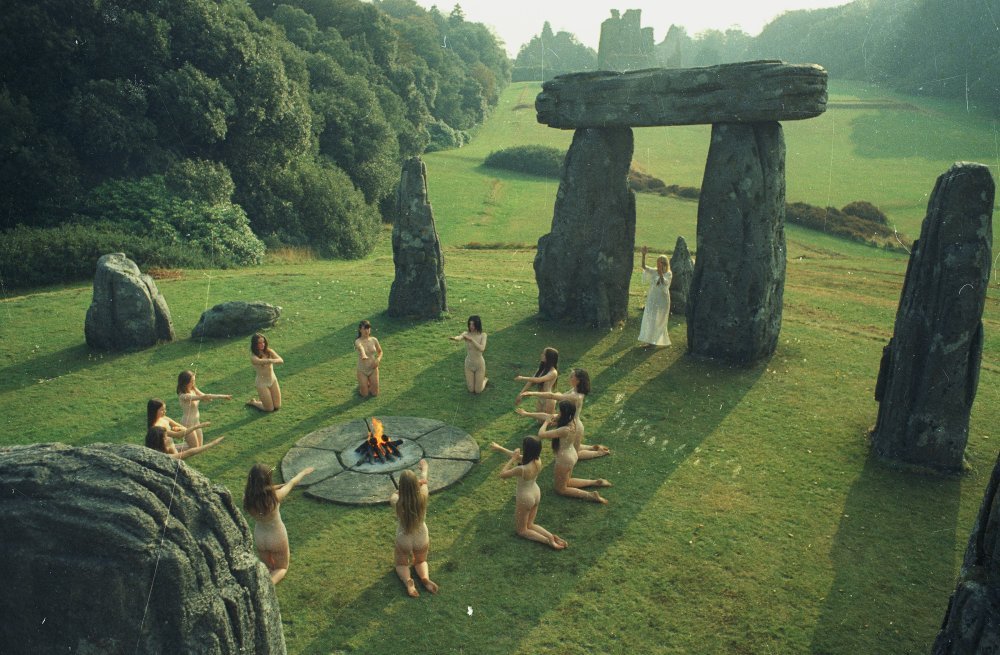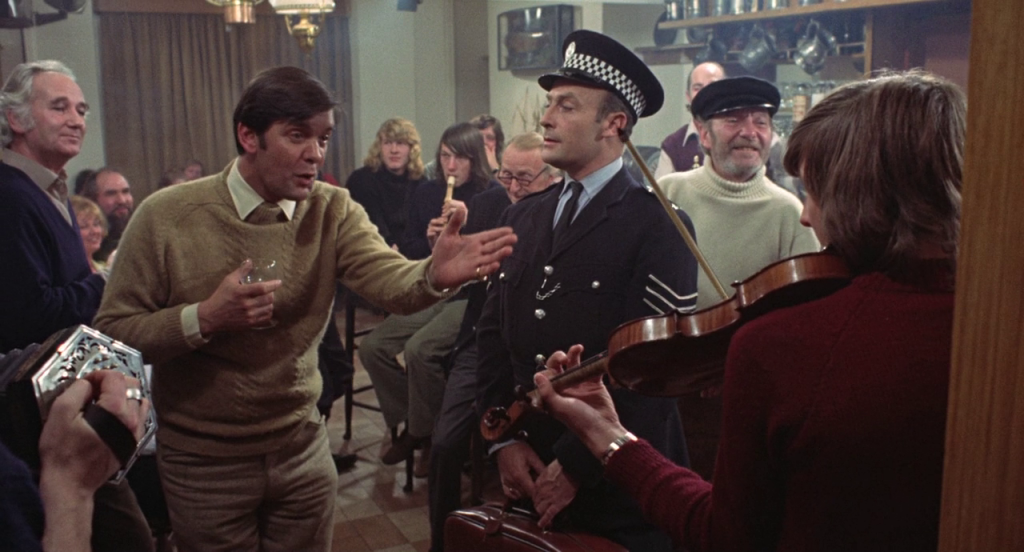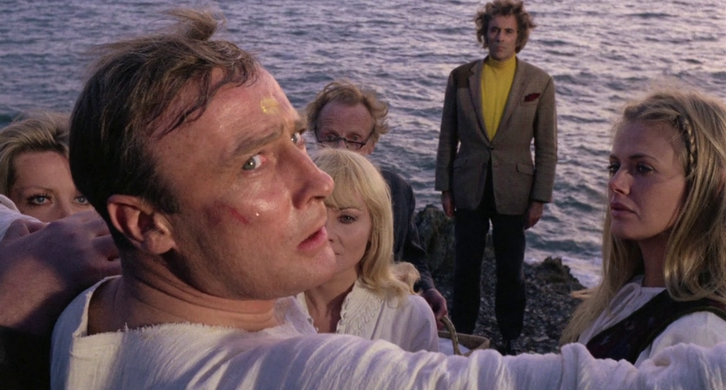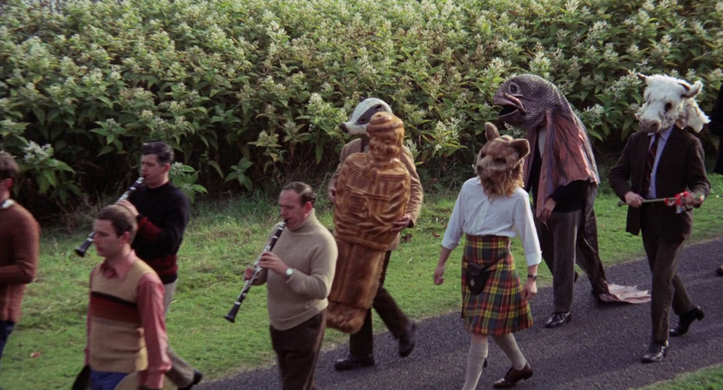 It may come as a surprise to film buffs, but Stephen Low’s 1988 documentary film about the life of a family of beavers in Alberta is the most successful Canadian film of all time. With a budget of one million dollars, it grossed over 80 million playing in 230 IMAX theatres. Low’s Montreal-based production company has produced most of the top IMAX format films. His much more recent film, Volcanoes of the Deep Sea, was not run in many U.S. theatres because it contains references to Evolution (yes, rub your eyes and gasp, but that is the level of imbecility that things have sunk to, there). Now, nothing could be more quintessentially Canadian than a documentary about Our Friend the Beaver ― we all had to endure them repeatedly in grade school. Beaver documentaries are probably the equivalent for Canada of the Western for Hollywood, and the samurai epic for Japan. But nothing prepared me for this. The film is brilliant. It is powerful, emotional, moving. It is inspiring. It is beautiful. The cinematography is brilliant. Some of the shots, if they had been devised by Kubrick or Fellini, would be studied in film schools. The composition, colour, and editing are superb. And the acting, by beavers who are apparently professionals trained at Stratford, is top-notch. The love scene, with young amorous beavers dancing in the moonlight, is among the most romantic ever filmed.
It may come as a surprise to film buffs, but Stephen Low’s 1988 documentary film about the life of a family of beavers in Alberta is the most successful Canadian film of all time. With a budget of one million dollars, it grossed over 80 million playing in 230 IMAX theatres. Low’s Montreal-based production company has produced most of the top IMAX format films. His much more recent film, Volcanoes of the Deep Sea, was not run in many U.S. theatres because it contains references to Evolution (yes, rub your eyes and gasp, but that is the level of imbecility that things have sunk to, there). Now, nothing could be more quintessentially Canadian than a documentary about Our Friend the Beaver ― we all had to endure them repeatedly in grade school. Beaver documentaries are probably the equivalent for Canada of the Western for Hollywood, and the samurai epic for Japan. But nothing prepared me for this. The film is brilliant. It is powerful, emotional, moving. It is inspiring. It is beautiful. The cinematography is brilliant. Some of the shots, if they had been devised by Kubrick or Fellini, would be studied in film schools. The composition, colour, and editing are superb. And the acting, by beavers who are apparently professionals trained at Stratford, is top-notch. The love scene, with young amorous beavers dancing in the moonlight, is among the most romantic ever filmed.
And it’s a documentary about beavers.
Honest. I kid you not.
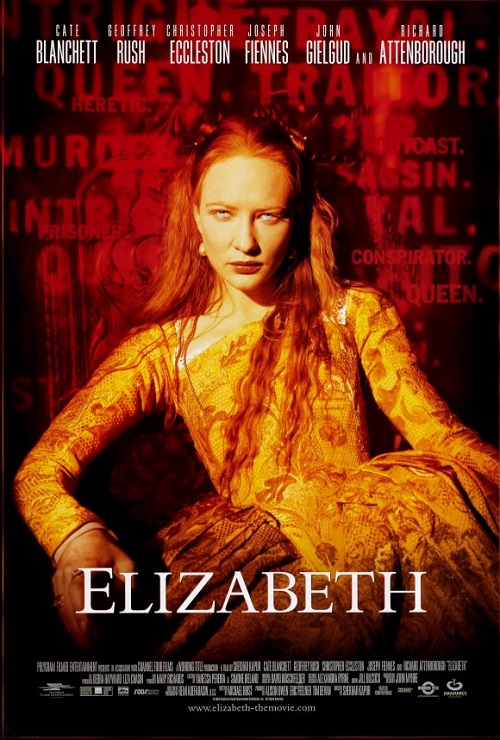
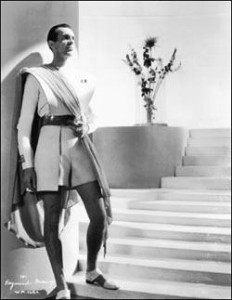
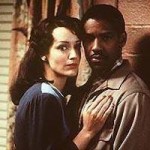
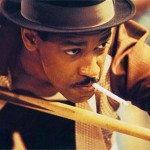
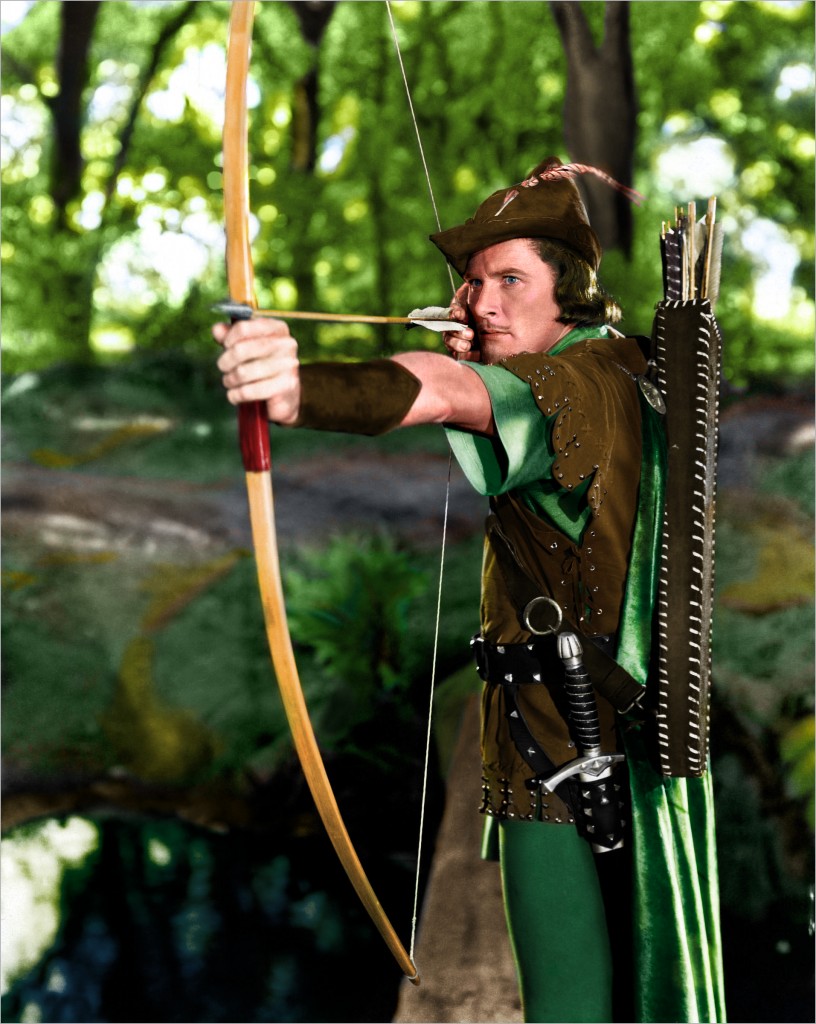
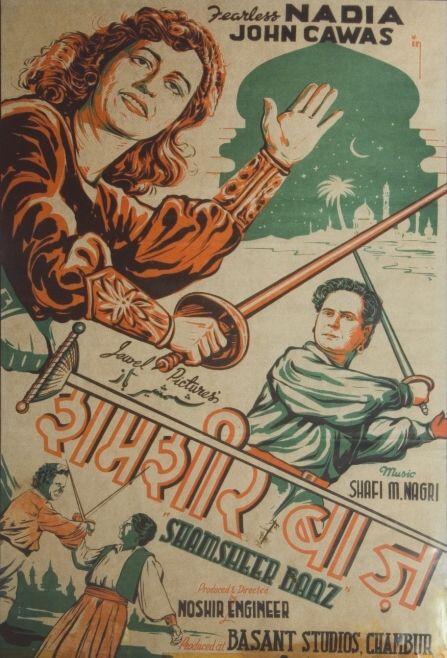
![06-06-27 VIEW (Cuesta 2001) L. I. E. [Long Island Expressway]](http://www.philpaine.com/wp-content/uploads/2006/06/06-06-27-VIEW-Cuesta-2001-L.-I.-E.-Long-Island-Expressway-.png)
![06-06-18 VIEW (von Báky 1943) Münchausen [Murnau Foundation 114 minute restored version]](http://www.philpaine.com/wp-content/uploads/2006/06/06-06-18-VIEW-von-Báky-1943-Münchausen-Murnau-Foundation-114-minute-restored-version.jpg)
